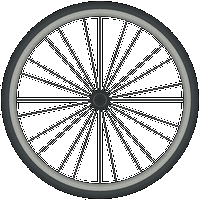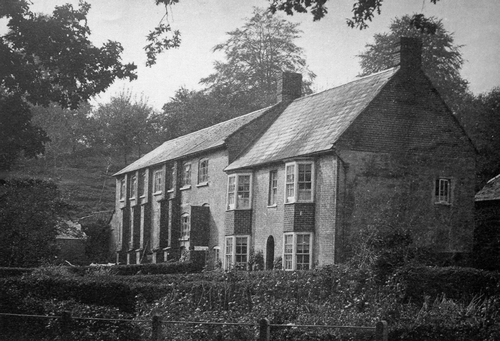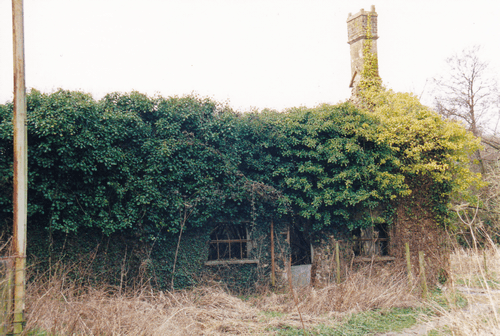Clenham Mill was positioned near the point where Stoke Water joins the River Brit in the old settlement of Norton, just to the north of Netherbury village.
The mill took its water supply from a small stream that rises in the Stoke Abbot area and joins Stoke Water just to the NW of the mill site. This stream was diverted a little upstream of that point to form the mill leat which runs just to the south of its natural course.
The mill is first mentioned in 1715 in association with Richard Tizer, yeomanSocial class between labourers and the nobility
Probably owning and working their own land, when it was probably a grist (grain) mill. The first owner we have a record of was Thomas Lang who, upon his death in 1810, left it to his widow Susanna.
She then advertised to lease it for seven or fourteen years, descibing it as a "commodious and convenient Dwelling House and Water Grist Mill, Bakehouse, etc." A month later she announced an auction to dispose of the contents.
It was converted to flax and tow in the early 19th century. The water wheel appears to have been inside the mill which suggests that the building was changed. Water wheels are usually outside the building for grist in order to keep the working area dry whereas flax spinning is better in a damp atmosphere.
When the mill was advertised to be let in the Sherborne Mercury in 1849 it was described as:
“...newly built within a few years and is replete with every convenience. It is driven by a powerful over-shot Water Wheel, 18 foot in diameter, and Driving Gear in excellent condition.
There are a Gasometer, and Gas Fittings throughout the Mill, a convenient Dwelling-House fit for the residence of a respectable family, a Cottage for a foreman, and ten acres of rich Meadow and Orchard Land, a Garden, Three-stall Stable, Wagon House, Hackling Shop and commodious Warehouses.”
The mill seems to have continued working, mainly concentrating on spinning, until about 1888. It was sold in 1897 and after that, according to the 1901 census, it was occupied by a dairyman, his family and assorted agricultural labourers.
It is now derelict but a dutch barn on part of the site is used by the West Dorset Beekeepers Association to house an apiary.
This page is based almost entirely on the research done by Duncan Harris to produce his booklet Clenham Mill, Netherbury for Beaminster Museum.
You can read a .pdf of Duncan's booklet on the Mills Archive website which contains some more information about Clenham Mill.
We're very grateful to Duncan for his generosity in letting us use his work to produce this page.



